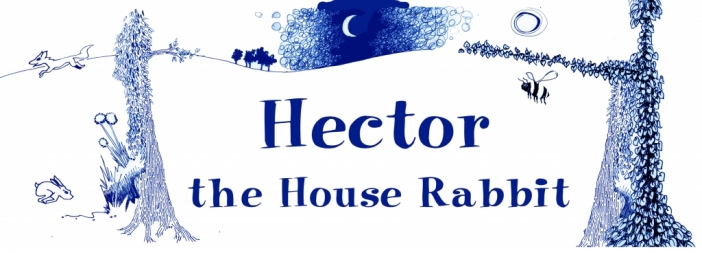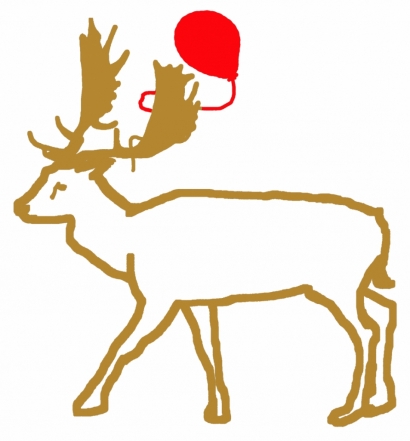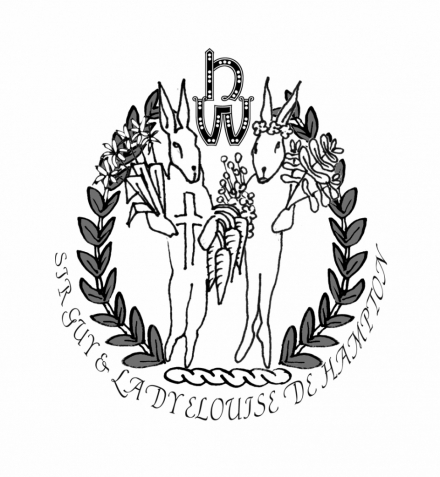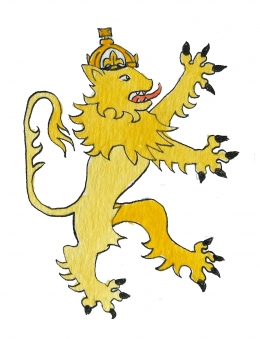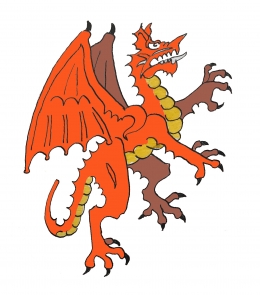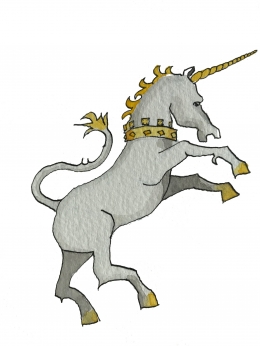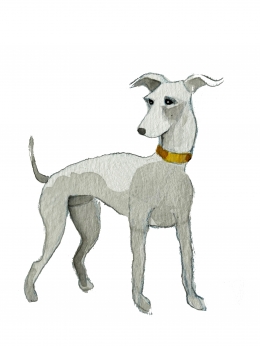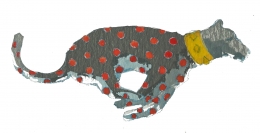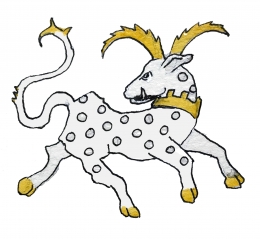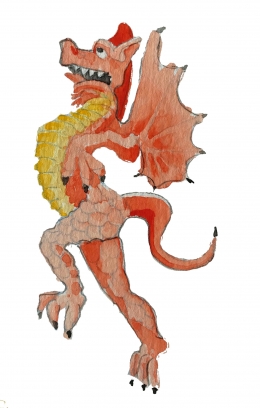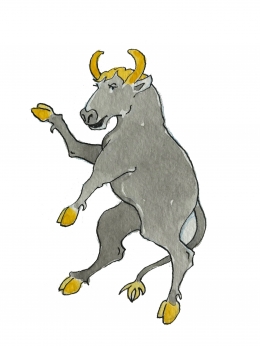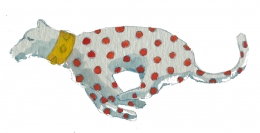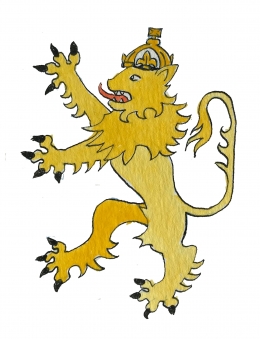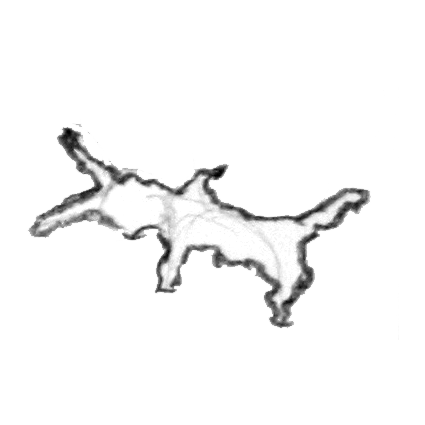 | ||||||||||||||||||
| This website is for the entertainment and education of Dominic, Eleanor, Emily and Ada | ||||||||||||||||||
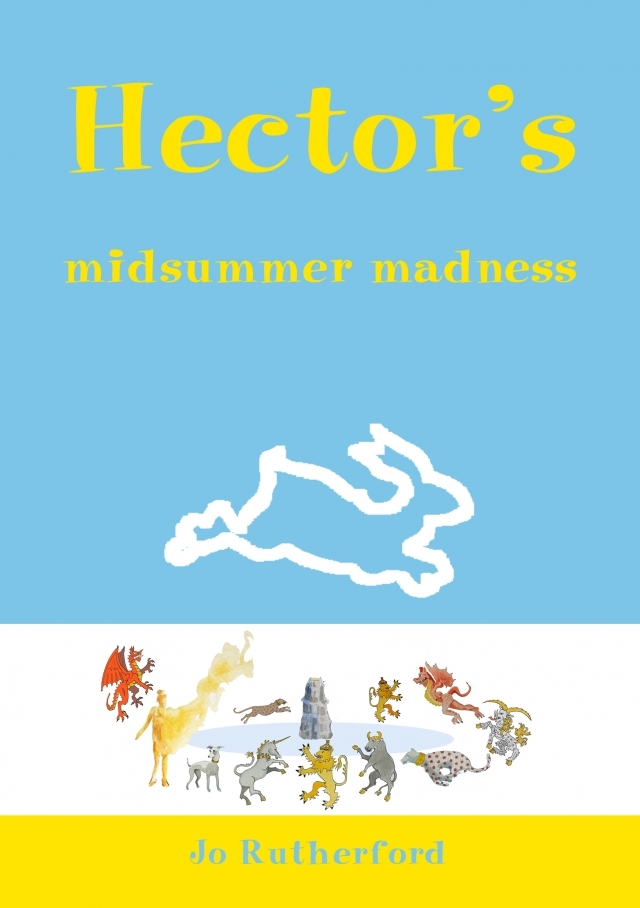 | ||||||||||||||||||
| Do you like wildlife programmes? Hector the house rabbit loves them. His favourite programme is “Springwatch” and his favourite episode is the one where a tiny camera is poked down into a rabbit warren, filming every nook and cranny, leaving no poo unturned. Or rather it was his favourite programme until he met the wild rabbits on the other side of the garden hedge. Their warren was not at all what he expected. The rabbits of Hampton Court were very special indeed, as you will see, and for little snowy Hector, life was never the same again. In this adventure Hector meets up with several new characters from Hampton Court and learns that the grass is not always greener on the other side. | ||||||||||||||||||
| All drawings by Georgie Hampton, a trainee artist at Hampton Court Warren | ||||||||||||||||||
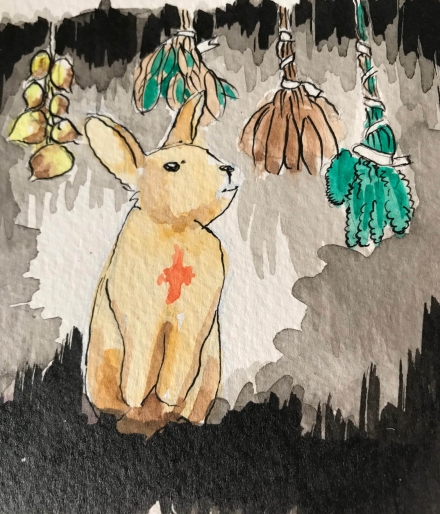 | ||||||||||||||||||
| Nannie the keeper of the healing herbs of Hampton Court Warren | ||||||||||||||||||
| The wind dropped and the balloon floated down onto the surface of the pond. Hector pointed to where it was bobbing about and said dreamily, “isn’t it pretty! We must catch it and take it back to the Mound for the Coneys.” “What?” shouted an angry Nannie. “For goodness sake Hector, you nearly frightened me to death. I think you must have midsummer madness.” Hector's Midsummer Madness - Jo Rutherford | ||||||||||||||||||
| Magical Midsummer Hampton Court | ||||||||||||||||||
Summer visitors to the Park watch a band of young actors perform the Shakespeare play Midsummer Night's Dream , a comedy telling how the Queen of the Fairies fell in love with a donkey. Humphrey, the Lord of the Hampton deer and Head of the Herd, finds the play absolutely ridiculous. He stamps his hoof during the performance and bellows loudly, "The Queen of the fairies would never fall in love with an old donkey, not when the park is full of such handsome deer with such magnificent crowns of horns."
They do say that Shakespeare came to Hampton Court on Miidsummer's Eve to see the magical statues come to life, but because the event is a very private affair, he missed the magic, and so instead wrote Midsummer Night's Dream. Hector's midsummer madness | ||||||||||||||||||
| ||||||||||||||||||
The King’s Beasts are the ten statues guarding the gateway bridge at the Palace. They are the family emblems of the King, Henry VIII, and of the family of his new wife, Jane Seymour. The Beasts are the King’s crowned Lion, the Royal dragon, the Tudor dragon, the Richmond greyhound, the Mortimer lion, the Beaufort yale, the Clarence black bull, the Mortimer panther, the Seymour panther, and the Seymour unicorn. | ||||||||||||||||||
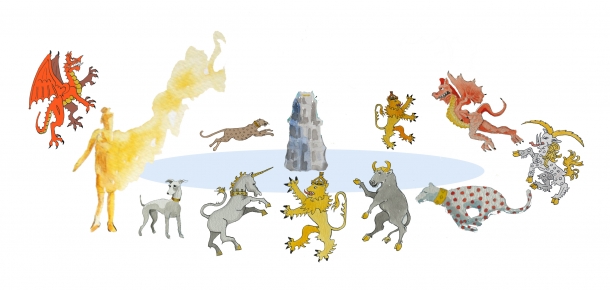 | ||||||||||||||||||
| The King's Beasts and Diana Fountain at Hampton Court on Midsummer's Eve | ||||||||||||||||||
| The mythical magical King's beasts who come to life on Midsummer's eve to cast a spell of protection on Hampton Court Palace | ||||||||||||||||||
| Did Shakespeare visit Hampton Court on Midsummer's Eve to see the magical parade of the mythical creatures who come to life once a year to cast a spell of protection on the Palace and its grounds? | ||||||||||||||||||
| Out in the park, the Warden made his way home from Mr. Davie’s party. Hidden by the trees he stopped and waited, hoping to see the marvellous, sparkling creatures running free across the grass. | ||||||||||||||||||
| Hector's Midsummer Madness | |
 | |
| Events at the park | |
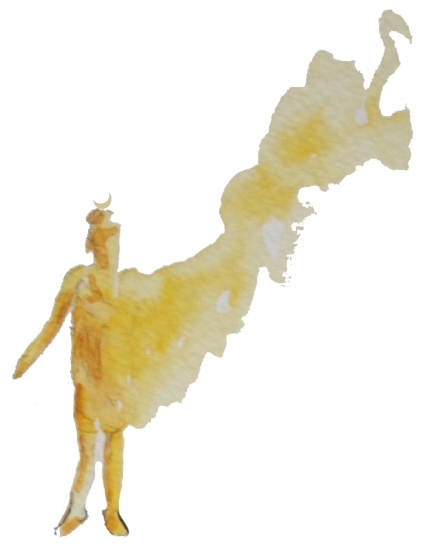 | |
| The magical golden statue of Diana at Hampton Court | |
| Suddenly the golden statue of Diana dissolved into a sparkling ball of golden light and shot like lightning through the trees and across the park to raise the alarm... | |
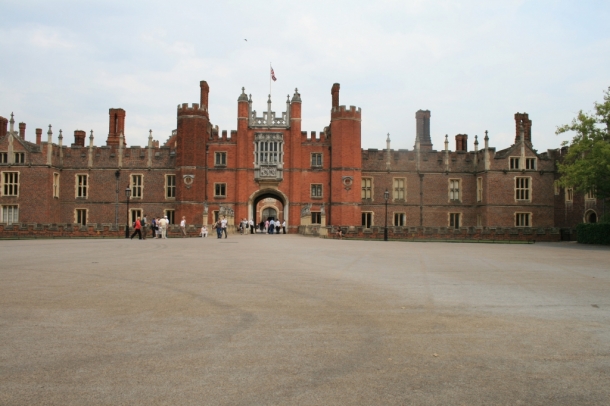 | |
 | |
 | |
| Hector introoduces the three secrets of success to stop bullying | |
| The King’s Beasts are the ten statues guarding the gateway bridge at the Palace. They are mythical beasts, the family emblems of the King, Henry VIII, and of the family of his new wife, Jane Seymour. The Beasts are the King’s crowned Lion, the Royal dragon, the Tudor dragon, the Richmond greyhound, the Mortimer lion, the Beaufort yale, the Clarence black bull, the Mortimer panther, the Seymour panther, and the Seymour unicorn. | |
| The magical beasts of Hampton Court | |
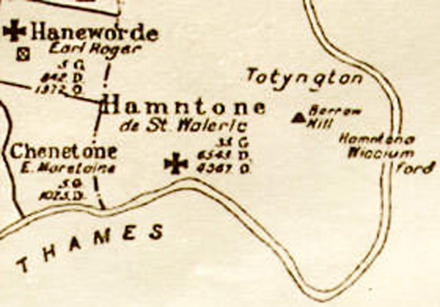 | |
A little of the history influencing the warren at Hampton Court http://www.twickenham-museum.org.uk/detail.php?aid=80&ctid=3&cid=49 | |
